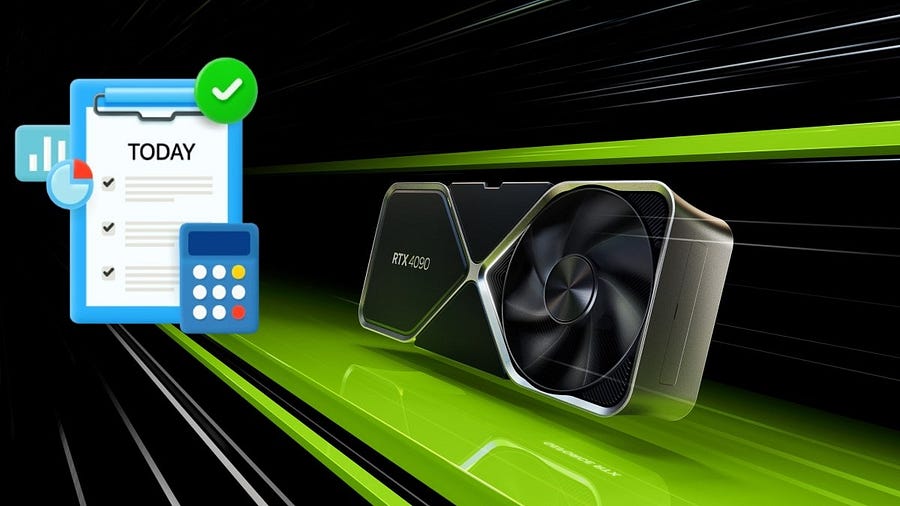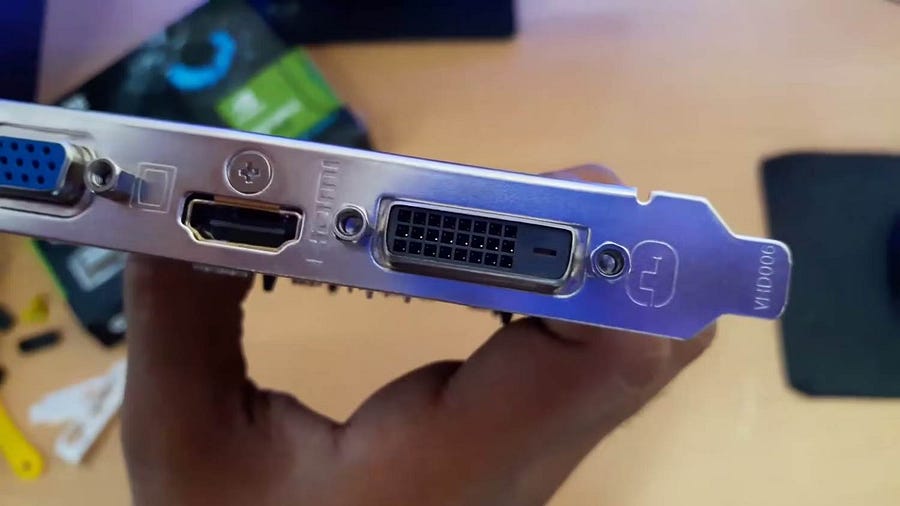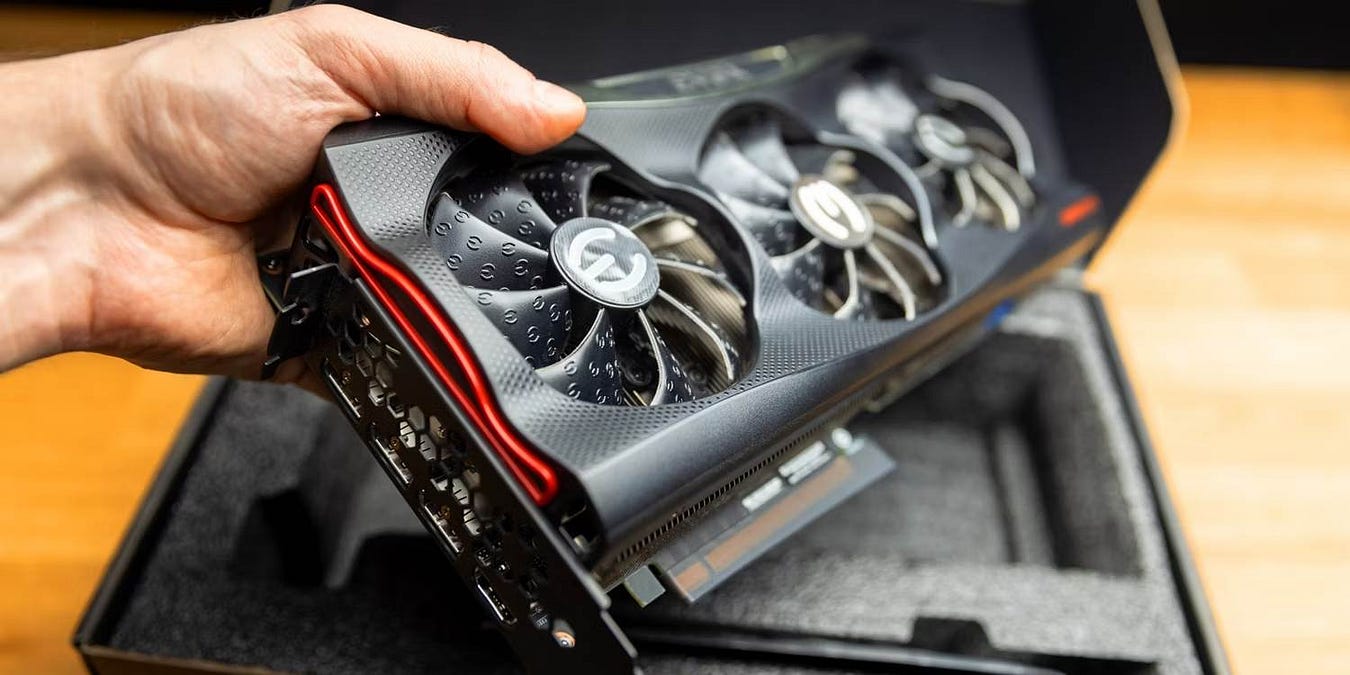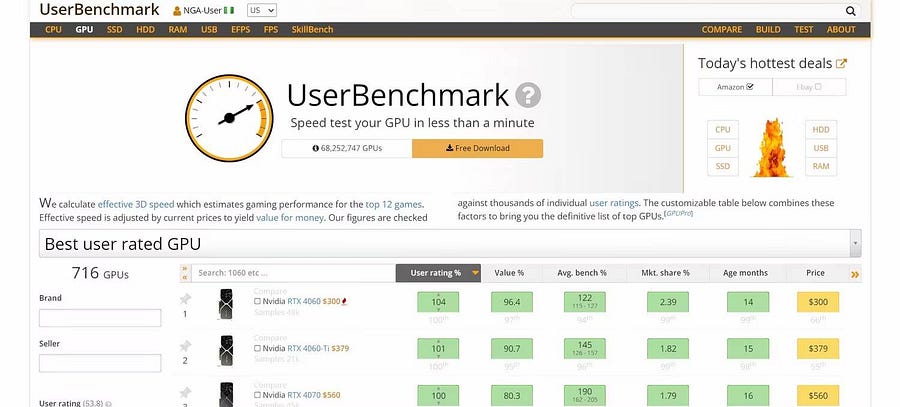Upgrading your graphics card may seem like a big decision — because it is. But before you spend a lot of money, make sure you check the right specs. Trust me, a little research can save you a big headache later.
From memory capacity and frequency to support for modern graphics technologies, all of these factors play a role in improving your gaming or video editing experience. Before making a purchase decision, make sure the card matches your needs and system to ensure the best possible performance. Check out How to know when it’s time for a new graphics card?

1. VRAM (Video Memory)
Think of video memory (VRAM) as the short-term memory of your graphics card; it's where all the textures, models, and shaders go while your game or app is running. More VRAM means your graphics card can handle more complex scenes without breaking a sweat.
If you’re gaming at 1080p, 6GB of VRAM might be enough, but for 4K or heavy-duty tasks like video editing, you should definitely look for 8GB or even 12GB. I like to make my setup future-proof, so I usually go for more VRAM than I think I’ll need — it’s better to have more and not need it than the other way around. Check out How Much Video RAM (VRAM) Do You Need for Modern Gaming?
2. Communication and Ports

The last thing you want after taking your new graphics card out of the box is to realize it doesn’t have the ports you need. I always check the connectivity options. Does it have enough HDMI or DisplayPort outputs for my monitors? Is there a USB-C port? Also consider the HDMI or DisplayPort version. Newer versions support higher resolutions and refresh rates, which is especially important for 4K or ultrawide monitors.
3. Cooling solutions

Graphics cards can run hot, and how they manage that heat can impact performance and longevity. There are a variety of cooling solutions out there, from simple single-fan designs to more advanced liquid cooling systems. I’m always looking for a balance — something that keeps your graphics card cool without sounding like a jet engine. It’s also worth considering the cooling needs of your entire system. If your PC case has poor airflow, even the best graphics card cooler may struggle to dissipate heat. Check out the most important components to consider when building a completely silent PC.
4. Energy consumption
The power needs of a graphics card can vary greatly. Before buying, I make sure my power supply can handle the new card. You don’t want to burn out your system by underestimating this consumption. Check the wattage requirements and the recommended power supply. Also take a look at how many power connectors the graphics card needs — if it requires more than my power supply can provide, I may need to upgrade it as well, which is an additional cost.
But power consumption isn’t just about ensuring your power supply can handle it—it’s also about efficiency. A graphics card that consumes a lot of power will generate more heat, which not only affects cooling but can also increase your energy bill. In the long run, the cost of running a power-hungry graphics card can add up, especially if you’re running it for hours every day. Check out how long it takes to upgrade your graphics card.
5. Actual dimensions

Size matters, especially when installing a new graphics card into your existing PC case. Graphics cards come in a variety of sizes—some are massive, three-slot monsters, while others are more compact. I always measure the space available in my case before deciding on a card. Don’t forget to consider things like cable management and airflow. A card that fits snugly but blocks airflow isn’t ideal, as it can lead to overheating and decreased performance.
It's also important to consider the weight of the graphics card. Some high-end cards are heavy enough to cause sagging, which can damage the motherboard over time.
6. Benchmarking Performance

When it comes to performance, benchmarks are a great way to see how a graphics card holds up in real-world scenarios. I look for performance benchmarks from trusted sources to understand how a graphics card performs in the games or applications I use. Comparing these benchmarks to other graphics cards in a similar price range helps me gauge whether the performance justifies the cost. I also read reviews that discuss how a GPU performs over time and under different conditions.
Choosing a graphics card doesn’t have to feel like a daunting task. Focusing on these specifications will help you navigate your options with confidence and select the perfect card for your setup. These checks will help you head in the right direction and ensure that your next graphics card is one you’ll be excited about every time you boot up your PC. Now, what is a good GPU temperature for gaming?
Get IPTV Free Trial Now